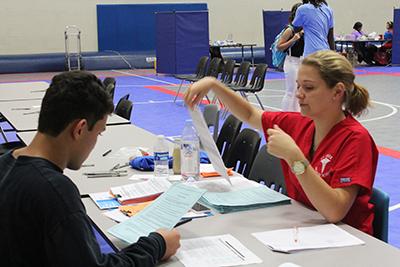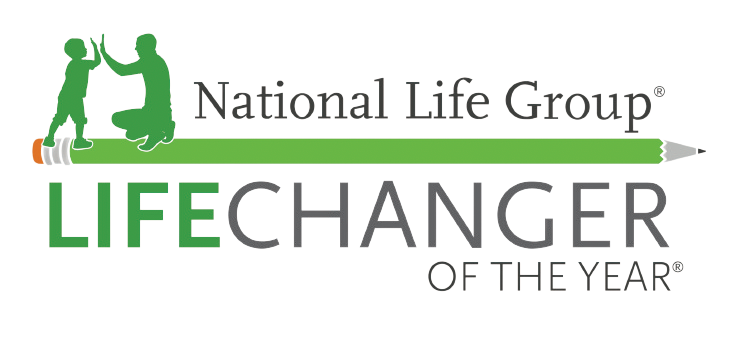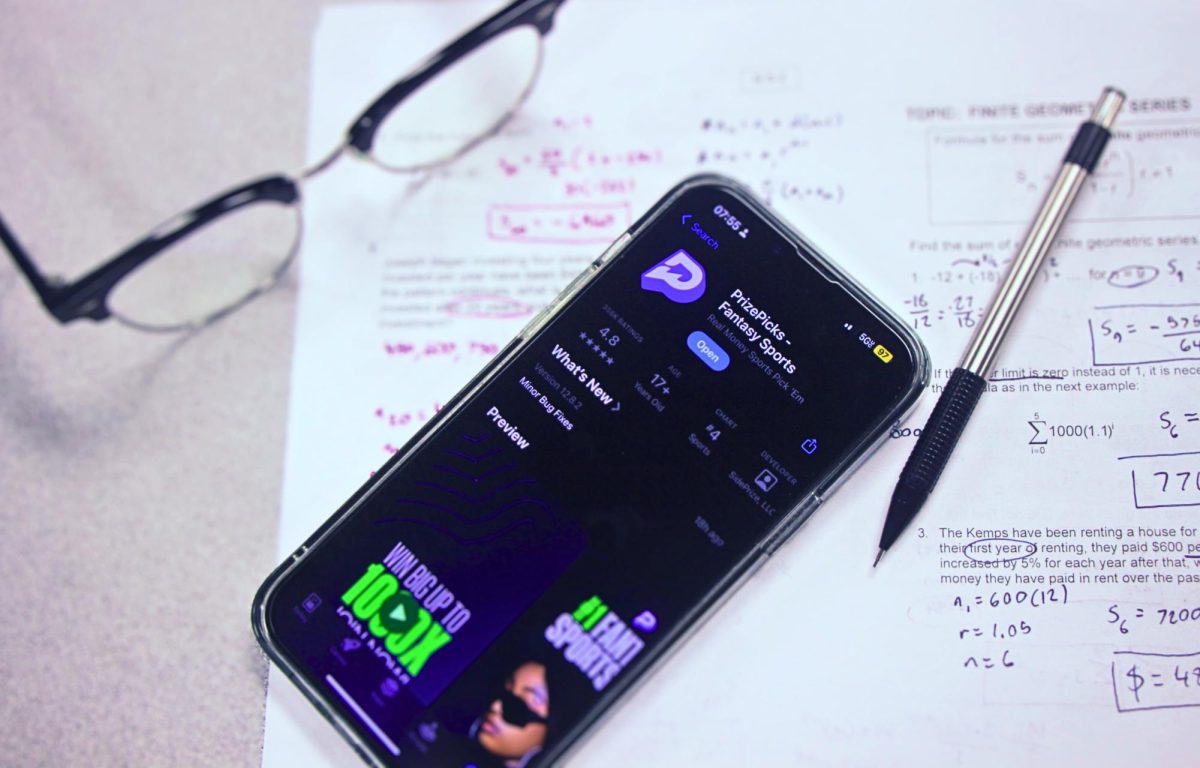The real world experience
Electives prepare students for real world jobs
April 4, 2016
Up until now, high school electives appeared cut and dry, often lacking substance or ignoring real world skills and application.
For example, 10 years ago, students’ options were limited to courses like Home Ec which was not career oriented. However, Home Ec. became Culinary Arts, a class designed for students interested in the restaurant industry.
As the world changes, many other electives have changed as well to provide skills and experience needed to succeed in the real world, while putting students above the crowd.
With the manufacturing and health industries on the rise, classes like health science rotations, health science practicum and welding prove more essential than ever to develop unique and useful skills. Welding, taught by David Folds, helps students who want to go into the manufacturing industry.
“The industry for welding is pretty vast,” Folds said. “I would almost say the opportunities are endless.”
Advanced welding students complete projects to learn how to use a variety of equipment and to prepare for careers such as oil field work, the auto industry and even artwork or design. Student projects created in the past have included a wine bottle tree, a fire pit and various sculptures. Currently, one welding student works with scrap metal to create a T-rex.
“We leave the projects open to the students,” Folds said. “If you can dream it, and it’s within a budget, and it’s reasonable, then we can do it.”
Advanced welding student senior Presten Wilkins says that his experiences have taught him maturity and safety skills that will benefit him for his future.
“You have to be responsible in this, because everything we do is dangerous,” Wilkins said.
Senior Ryley Maddox, another advanced welding student who made a welding sculpture auctioned at this year’s Salute to the Stars Gala, said she has become close-knit with the other students in the class and wants to pursue a career in welding.
“[Welding] definitely helps you kind of get a good idea of what you want to do in the future,” Maddox said.
Folds said that he teaches his students how to turn welding into an art form, whether they’re making a simple pipe or designing something much larger.
“It takes pride in themselves, and it takes pride in their work,” Folds said. “They find at the end of the day, through this class, they get a sense of accomplishment.”
Health Science Technology teacher Eileen Nehiley prepares students to work in the medical industry by offering them real world opportunities such as Occupational Safety & Health Administration Certification and the chance to intern at pharmacies and hospitals as part of the Health Science Practicum Class.
“The exposure to working with medical professionals and patients in the real world is invaluable,” Nehiley said. “I hope this experience helps each student with the transition from a relatively structured educational experience to one that is more personalized, self-directed and hands-on.”
Senior Diego Medrano, who works five hours a week as a trainee in a nearby pharmacy, is studying to prepare for the Health Pharmacy Board exam which must be taken to receive the certification to become a Pharmacy Technician.
“Our teacher always reiterates that it’s about being independent because that’s what it’s expected to be like in college,” Medrano said. “You have to understand it all thoroughly to actually do well on the exam.”
Nehiley said that she has several students interning at local Walgreens pharmacies and several more at local hospitals, doctor’s offices and dentist’s offices.
“It is a unique opportunity for students to learn first hand the realities of various medical professions,” Nehiley said. “The students must take initiative not only with the class work, but with medical professionals at job sites.”





